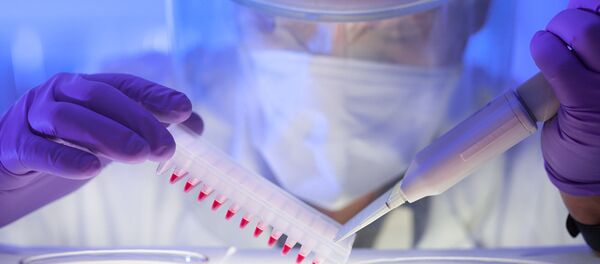Cancer refers to over 100 diseases that can affect any part of the body. These diseases are often described as "malignant tumors" or "new growths" ("neoplasms").
Cancer develops from a single cell. A normal cell turns malignant during the process of cell-division when a pre-cancer process develops into a malignant tumor.
Abnormal cells outgrowing their normal boundaries and capable of penetrating nearby sections of the body and other organs are a typical sign of cancer. This process is called metastasis and is the main cause of cancer-related mortality.
The most frequent types of cancer in men and women differ. Men are mostly diagnosed with lung, stomach and prostate cancer. In some countries, the most common cancer found in men is prostate cancer. The most common cancer in women is breast cancer.
Children usually suffer from cancers of the blood and lymphatic system or solid-structure tumors, primarily sarcoma.
Unhealthy eating and smoking account for 35 and 32 percent of all malignant tumors respectively, according to statistical surveys. In order to minimize the risks of cancer avoiding frequent sunbathing and eating too many foods with color additives is recommended, alongside visiting the doctor on a regular basis.
Early screening, diagnosis and treatment make it possible to reduce cancer mortality rates. Early diagnosis and screening (regular early-stage diagnosis of tumors) are the two methods for detecting cancer.
Oncologists say it is possible to treat virtually all tumors in their early stages, and 99 percent of these tumors can be treated surgically. It is possible to effectively treat tumors in the ovaries, breasts, testicles, the head and neck, and lymphomas even at advanced stages.
According to oncologists, over 95 percent of cancer patients treated at an early stage live for ten years or more after the disease was detected.
Doctors now utilize state- of the- art technology to treat cancer. But, to achieve success, patients need to be able to trust doctors. Cancer has become treatable and no longer means a death sentence.






